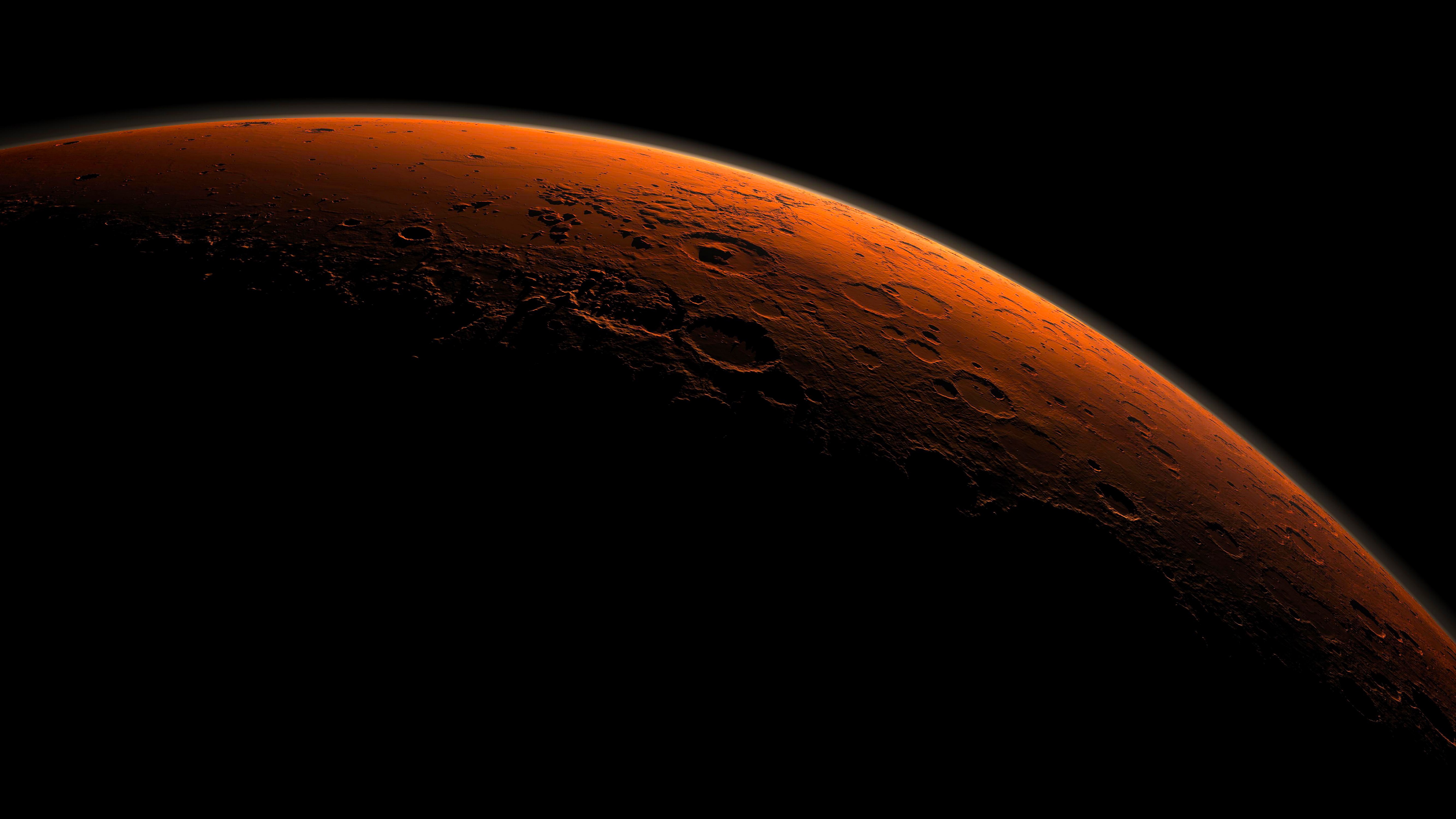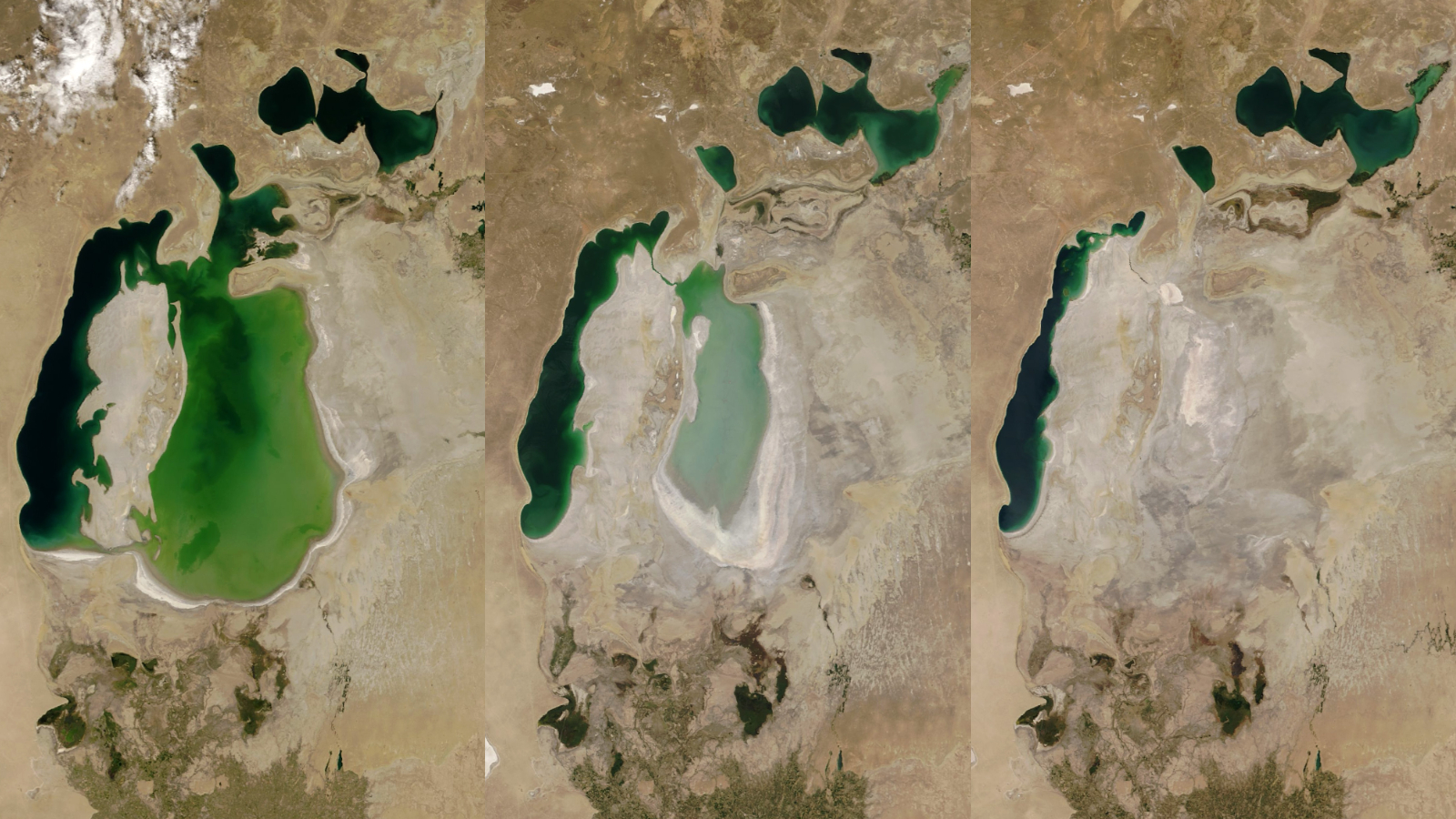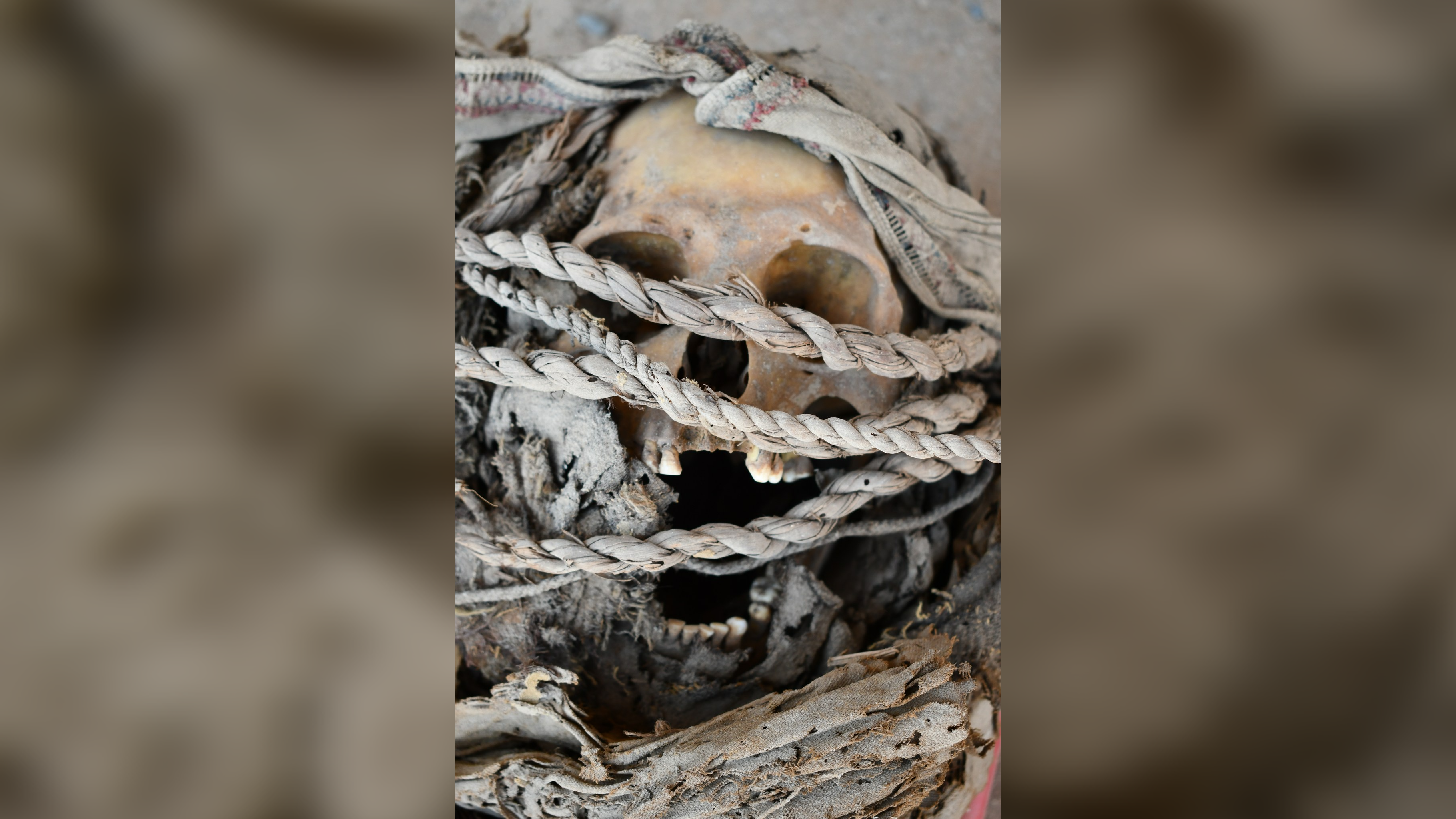Colossal underwater canyon discovered near seamount deep in the Mediterranean Sea
Researchers have discovered a 33,000-foot-wide (10 kilometers) underwater canyon that was carved out of the Mediterranean seabed shortly before the sea dried up around 6 million years ago.
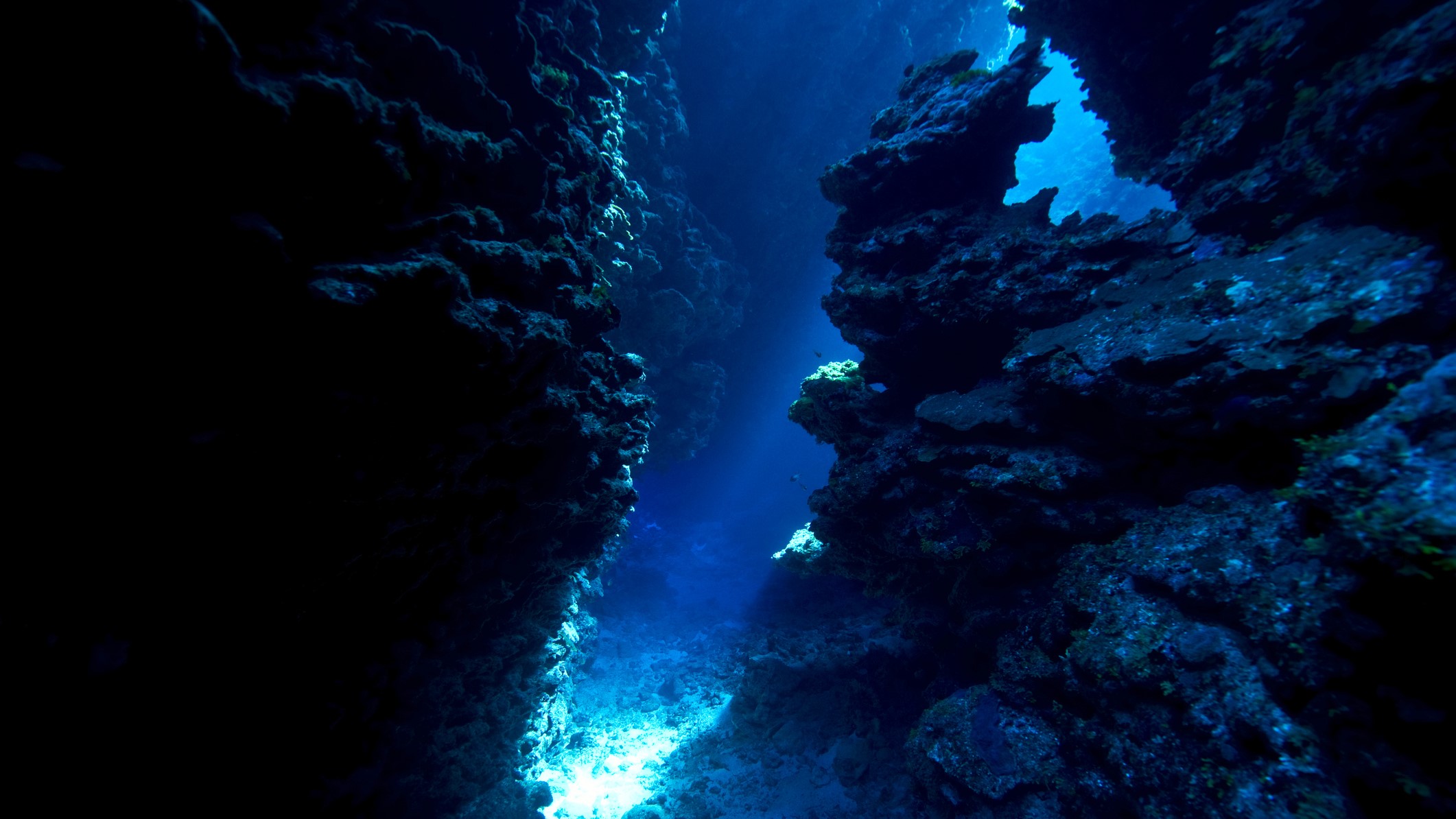
Scientists have discovered a giant underwater canyon in the eastern Mediterranean Sea that likely formed just before the sea transformed to a mile-high salt field.
The canyon formed around 6 million years ago, at the onset of the Messinian salinity crisis (MSC), when the Gibraltar gateway between the Atlantic Ocean and Mediterranean Sea narrowed and eventually pinched shut due to shifts in tectonic plates. The Mediterranean Sea became isolated from the world's oceans and dried up for roughly 700,000 years, leaving behind a vast expanse of salt up to 2 miles (3 kilometers) thick in some places.
As sea levels dropped, increasingly salty currents eroded the seabed and incised gullies several hundred feet deep along the steepest edges of the Mediterranean Sea. In a study published in the January issue of the journal Global and Planetary Change, lead author Jimmy Moneron and colleagues now describe a giant U-shaped canyon located 75 miles (120 km) south of Cyprus, in the depths of the Mediterranean's Levant Basin.
The 1,640-foot-deep (500 meters) and 33,000-foot-wide (10 km) canyon, which the researchers named after the nearby Eratosthenes seamount, likely formed underwater shortly before salt piled onto the seabed. Unlike the more coastal gullies, the canyon had no older "pre-salt" roots, according to the study.
Related: 6 million-year-old 'fossil groundwater pool' discovered deep beneath Sicilian mountains
"To explain the submarine formation of the Eratosthenes Canyon, we suggest incision by dense gravity currents scratching and carving the deep-water seafloor," the researchers wrote in the study.
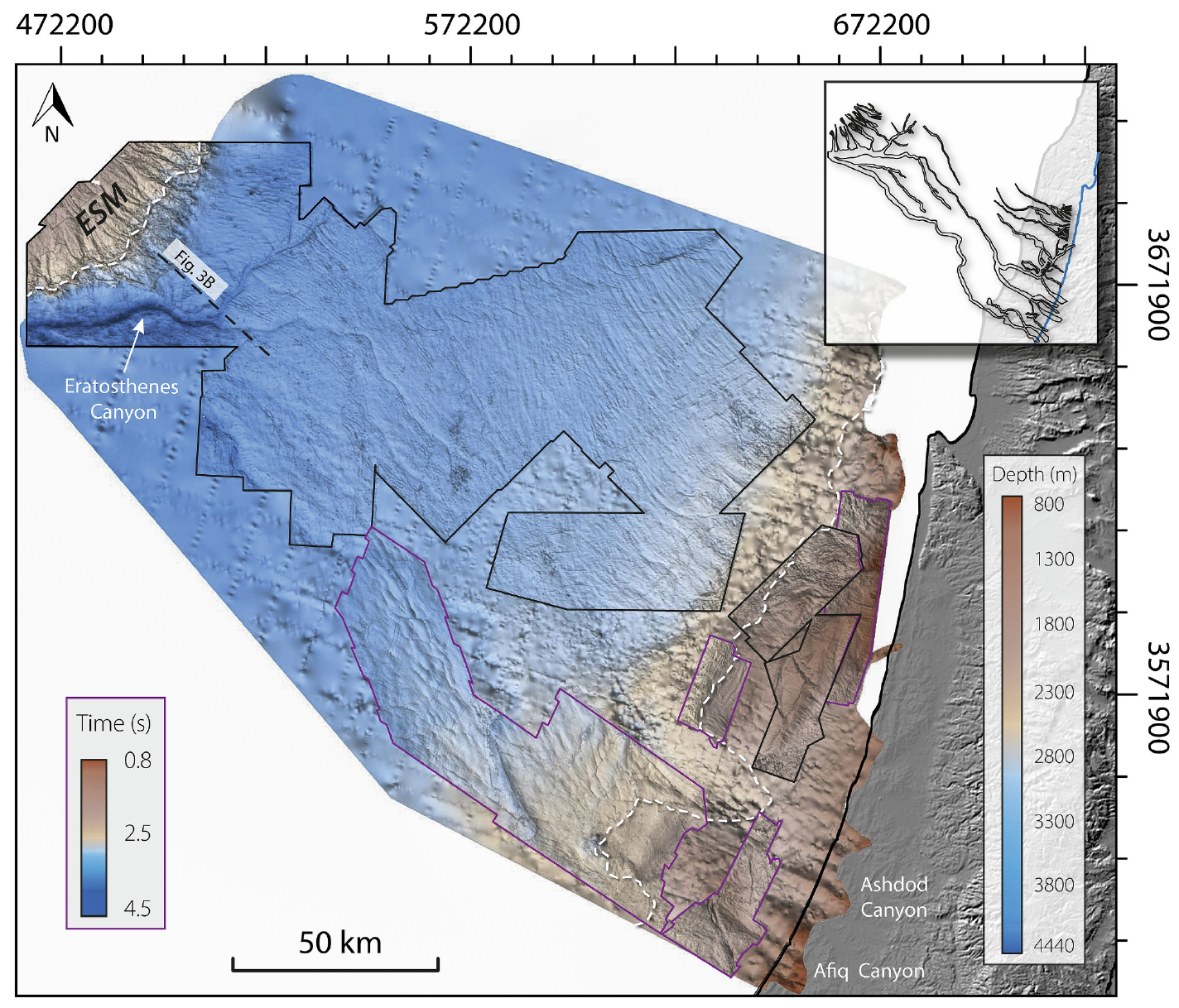
Weighed down with salt and sediment, these currents rushed along faster than the surrounding water and gradually scooped out enough of the seabed to form the colossal canyon. Precisely when this occurred remains unclear, but it likely coincided with the beginning of the MSC — between 5.6 million and 6 million years ago, according to the study. The incision process may have lasted anywhere from tens of thousands to half a million years.
Sign up for the Live Science daily newsletter now
Get the world’s most fascinating discoveries delivered straight to your inbox.
The discovery sheds light on a decades-long debate over whether Messinian gullies and canyons that now lie underwater formed above or below the sea surface. "This new evidence strengthens the arguments that at least part of the erosion across continental margins occurred [below water]," the researchers wrote.
The newly discovered canyon sits within a wider network of canyons and channels in an area known as the Levant Basin, which extends from the coast of Syria in the north to Gaza in the south, and northwest toward Cyprus.
To the northwest of the canyon, beyond the Eratosthenes seamount, sits the much deeper and older Herodotus basin, which receives currents loaded with sediment from the southeast. These currents may have crossed the area that now boasts the Eratosthenes Canyon long before it was incised, according to the study.
"The absence of older roots under the Eratosthenes Canyon does not rule out the possibility that a shallow pre-MSC channel system predated the Eratosthenes Canyon," the researchers wrote.

Sascha is a U.K.-based staff writer at Live Science. She holds a bachelor’s degree in biology from the University of Southampton in England and a master’s degree in science communication from Imperial College London. Her work has appeared in The Guardian and the health website Zoe. Besides writing, she enjoys playing tennis, bread-making and browsing second-hand shops for hidden gems.

